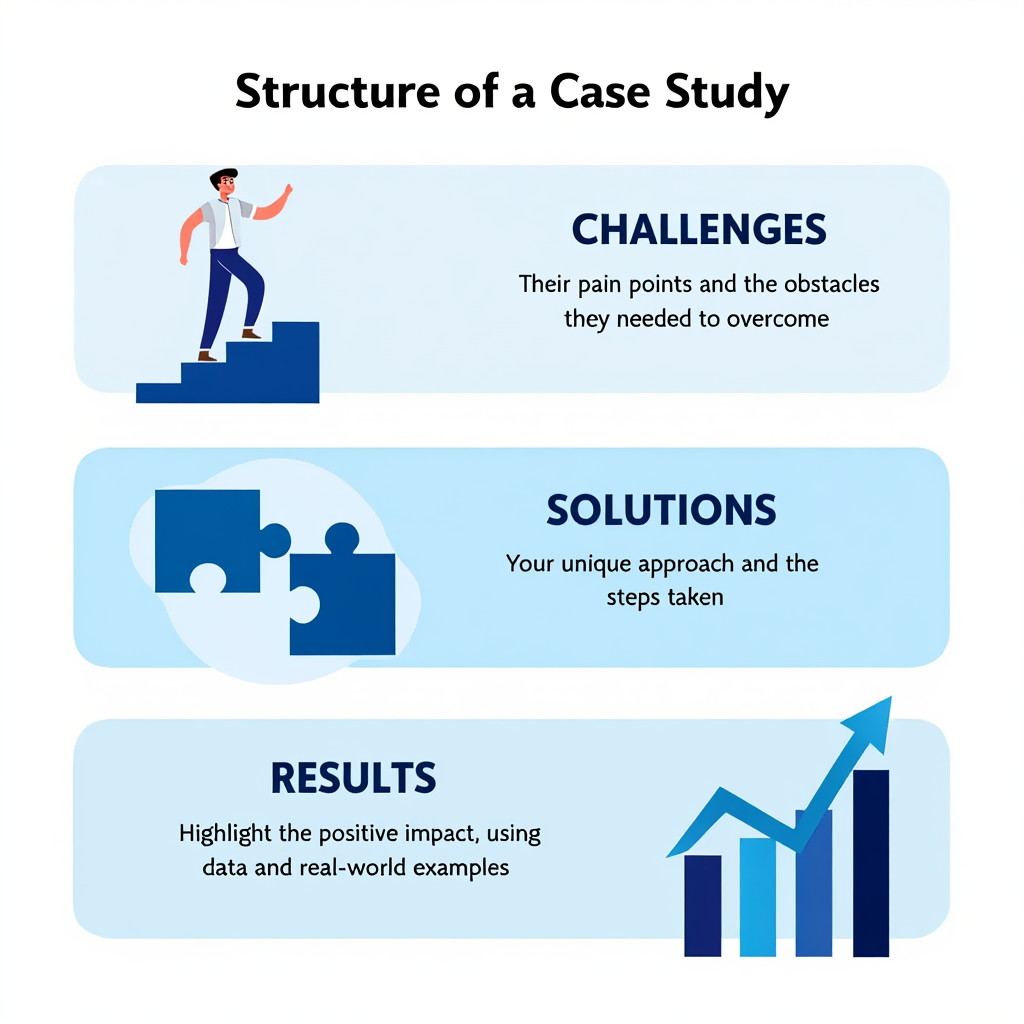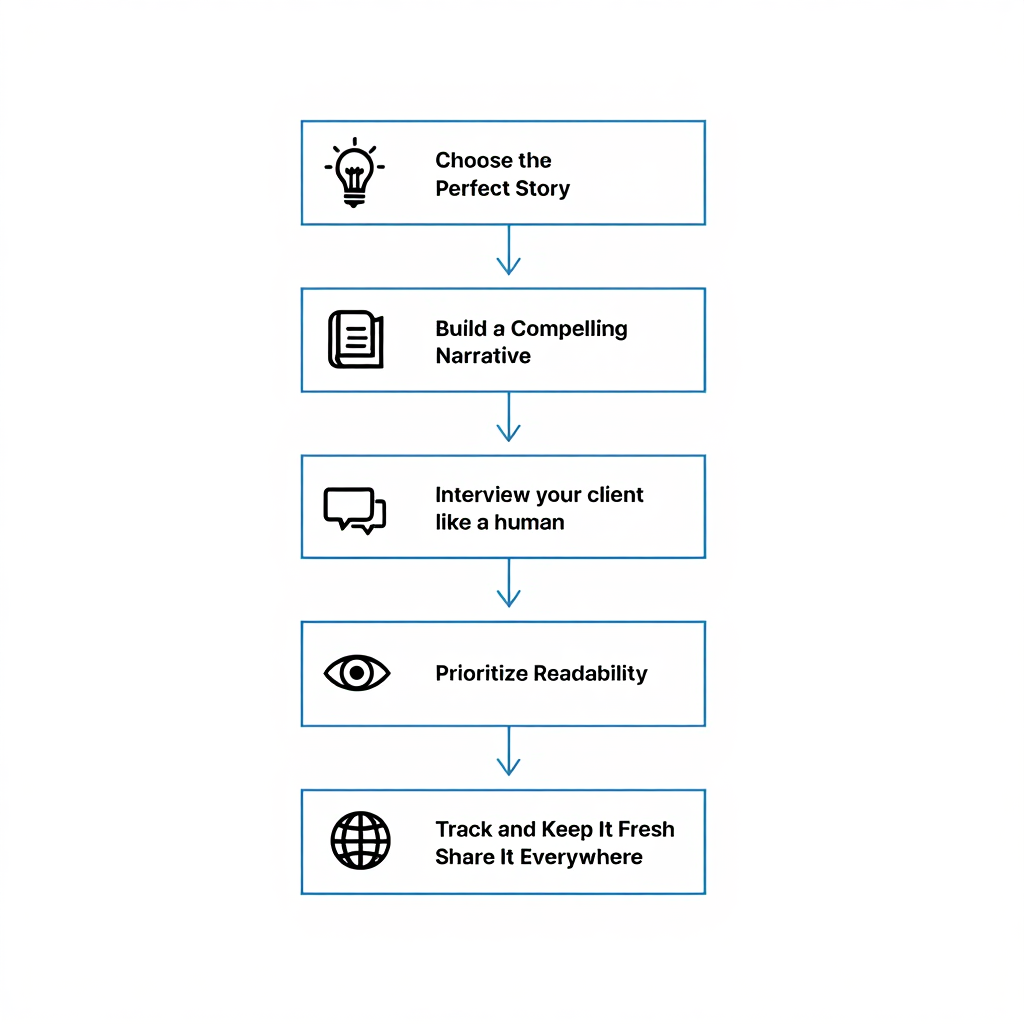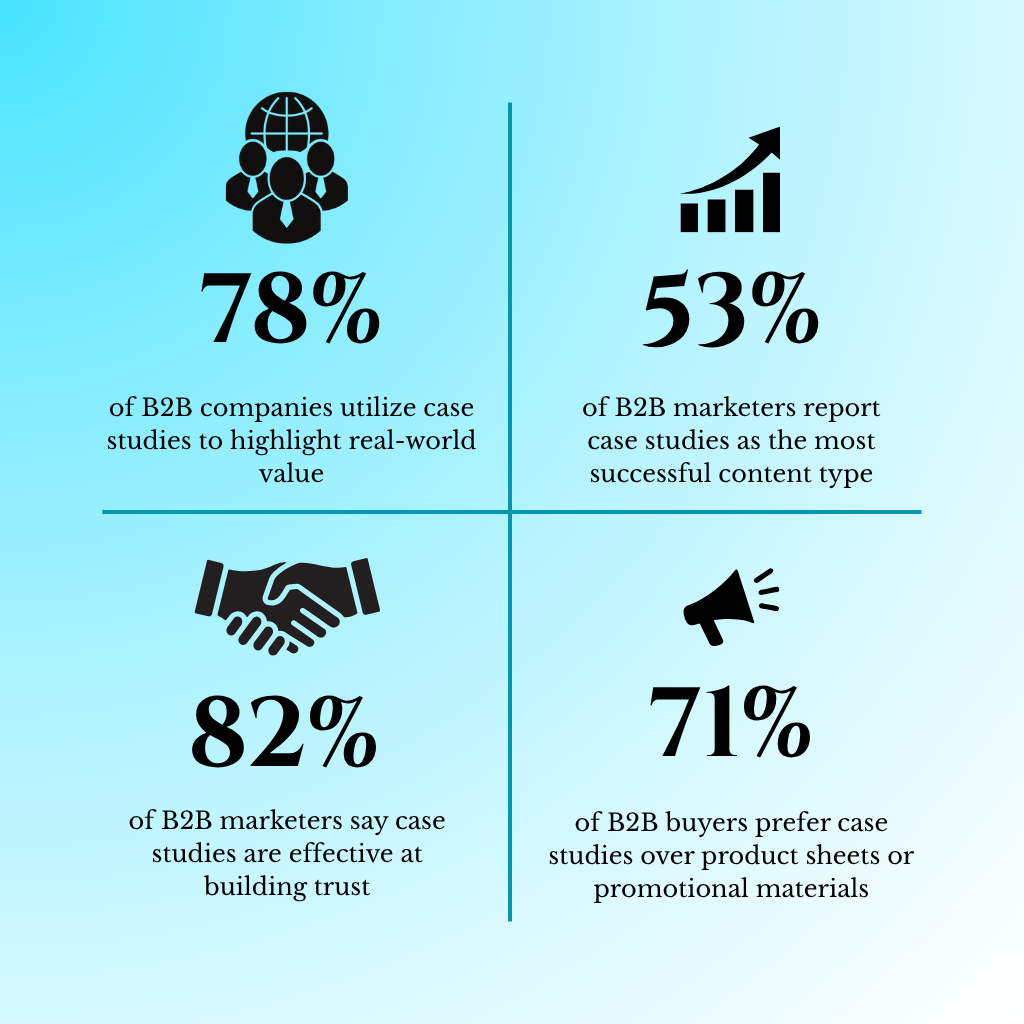Lorem ipsum dolor sit amet, consectetur adipiscing elit. Suspendisse varius enim in eros elementum tristique. Duis cursus, mi quis viverra ornare, eros dolor interdum nulla, ut commodo diam libero vitae erat. Aenean faucibus nibh et justo cursus id rutrum lorem imperdiet. Nunc ut sem vitae risus tristique posuere.
Text LinkLorem ipsum dolor sit amet, consectetur adipiscing elit, sed do eiusmod tempor incididunt ut labore et dolore magna aliqua. Ut enim ad minim veniam, quis nostrud exercitation ullamco laboris nisi ut aliquip ex ea commodo consequat. Duis aute irure dolor in reprehenderit in voluptate velit esse cillum dolore eu fugiat nulla pariatur.
Block quote
Ordered list
Unordered list
Bold text
Emphasis
Superscript
Subscript


Liubov Nazukina
Just imagine, you are searching for a partner to provide critical things for your business. Every company promises reliability and results.
But one of these organizations stands out. It has a detailed story of how it helped a business like yours solve a major challenge. This company presents the problem, its approach, and measurable results. So, you understand how its solution might work for your needs, and you are ready to trust this company.
No surprise, 78% of B2B companies use case studies to demonstrate real-world value. Moreover, 47% of marketers believe case studies and success stories are the best-performing content marketing format.
Let's explore how case studies work, why they’re powerful, and how you can create them effectively.
A case study is a detailed report of how a product or service helped a particular customer solve a problem. This type of content is like a narrative and often has the following structure:
So, case studies give free access to foolproof information and an example of success for their target audience. They are especially important for businesses in B2B markets or complex fields where detailed evidence is essential.
No wonder, 53% of B2B marketers reported that case studies and customer stories are the most effective types of content after videos. Also, this type of content plays a critical role in customer decision-making.
As I covered, case studies allow potential clients to see themselves in similar scenarios, face similar challenges, and achieve expected outcomes. That’s why a case study is a full-fledged marketing tool, since it helps the reader imagine how they’d use your product or service.
Let's look at even more things case studies do for you.
Since case studies show how you help your clients succeed, your prospects get the evidence they need to trust your product or service. One of the most trusted marketing resources, HubSpot, frequently publishes detailed case studies showing how businesses have improved their marketing efforts using its platform.
For instance, PrestaShop, an e-commerce platform, grew its revenue by 35% with HubSpot. In the case studies, HubSpot highlights specific research tools, strategies, and measurable improvements, which is why they help potential clients gain trust in HubSpot’s capabilities.
Case studies make your products or services more understandable for the target audience by showing how they work in real life. For instance, Dropbox helped Southbase Construction streamline remote collaboration, improve data access, and reduce paper use by 30%. Such a case study can reduce the perceived risk of potential clients who will read this information.
Decision-makers are often looking for digits before making a significant deal, as every business strives for clarity. Case studies detail these metrics, ROI, and other measurable outcomes, helping clients justify their decisions to stakeholders.
A good example is Salesforce's Heathrow Airport case study, which highlights specific metrics and outcomes. The company helped Heathrow Airport boost its digital revenue by 30% through enhanced personalisation, integrated customer data, and optimized e-commerce management.
Case studies foster a sense of partnership and loyalty because you pay tribute to your customers by featuring them on your special website section. It's important to write about your leadership clients' success, value them, and celebrate their wins. That’s when potential customers start thinking how good it is to partner with you.
Success stories and case studies showcase unique features, industry-specific knowledge, and approaches to the different problems that make a company stand out. With their help, your potential customers get an understanding of why this solution is the best fit for them.
Thus, Wix helped SYSTM, a startup coaching business, simplify website management and improve financial performance. This led to an 800% increase in organic traffic and a 138% boost in conversions. These are the convincing figures you absolutely want to show off.
You can also adapt case studies for multiple channels, such as social media, blogs, email newsletters, sales presentations, or podcasts. This way, you can increase their reach and effectiveness and engage with more potential clients across platforms.
Microsoft uses case studies across many platforms. In the Customer Stories blog, there are case studies of businesses using Microsoft solutions like Azure, Office 365, and Teams. Also, they adapt these stories for LinkedIn posts, video content on YouTube, and downloadable PDFs for email campaigns.
Сase studies can drive organic traffic to a company's website, too. You can add relevant keywords and show detailed client experiences at the same time. Telling about successful experiences with your company will enhance your E-A-T (Expertise, Authority, Trustworthiness) profile and increase visibility.
Finally, you can pass your case studies to the sales team and give them concrete relatable examples to share with leads before a purchase. Having success stories will be handy for overcoming objections, fostering trust in your company, and making the sales process faster and more persuasive.
However, to ensure a case study achieves its intended impact on a potential client and delivers all the benefits, you need to do good work. I’ve collected some key recommendations on how you can write an actionable case study. Feel free to save them for later and share with your team!

Even though a case study shows concrete digits, it’s not a dry report. It should be sharp, human, and persuasive. A great case study builds trust and answers unspoken doubts.
Let’s break down how to write one that does exactly that.
A case study is not just content. First things first, you need it as a sales tool.
So, ask yourself, how can I provide free case studies for potential clients?
Tip: Ask your sales team: “What do prospects always ask right before they ghost you?”
Your happiest client is not always the most useful story. You should look for:
You don't need perfect outcomes — real beats polished.
Tip: Build a case study matrix: list your top three industries, three main services, and three buyer personas. Then fill every intersection with a case.
A case study is not a product pitch either. The audience is waiting for narrative and emotion. There should be a before, a turning point, and a transformation.
You can follow the structure:
Every good case study begins with tension. What was holding your client back? What wasn’t working? Be specific — vague phrases like “inefficient small business operations” or “poor engagement” don’t land. Your goal is to make the reader think, “Yep, that sounds like us.”
Your goal is to show:
Mention early doubts, change resistance, or bumps in the road. This will make the win believable.
Explain your approach, not just your product. Tell readers what your collaboration looked like. What steps did you take, and who was involved?
Your goal is to show that you're not a vendor only — you're a strategic partner.
End your case study with perspective. What broader insight did your client gain? What could others in a similar spot learn from this case? Help the reader see the lesson, not just the win. Your goal is to get them thinking, “We could do that too.”
Real stories come from real conversations, so get on a call and ask open-ended questions like:
These questions will help you uncover genuine experiences, highlight real results, and write a story your audience can connect with.
Tip: Don’t send over a form or rigid questionnaire. Instead, treat it like a relaxed podcast chat. Authentic insights come when people feel comfortable.
People do not read walls of text. So, your goal is to make the story scannable and easy to consume. Here are my top tips:
Tip: Use the 5-second test: Can someone skim your case study and understand the problem, the solution, and the result in under five seconds?
It is very important to track how each case study performs. Look at how many people read it and how long they engage with it. Do not forget to refresh your case studies regularly: update the results, add new customer quotes, or rewrite parts of the story to keep it accurate and engaging.
A living piece of content can drive leads and build credibility for much longer than a static one.
You should monitor:
Page views/traffic
Engagement time
Conversion rates
Lead quality
Share and backlink activity
What you can do to keep your case studies relevant and powerful:
Tips:
Track and refresh your case study systematically to turn it into a long-term marketing asset with huge value for your company.
A case study is one of your most powerful marketing tools. Distribute it with intention, so it can actively support your sales and content strategy. Use it across channels to maximize its impact.
Let’s take a look at the five most effective ways to put a case study to work.

I’ve prepared five impactful ways to get the full value out of your case study.
Clients always look for social and digital proof. When you add a brief and relevant case study to your proposal, you show them you’ve solved a similar problem before. This is the right way to reduce the level of their perceived risk and doubt.
How to use
People on your e-mail list may not be ready to become your clients yet. Sharing a case study after their first contact with you can nudge them closer to a decision.
How to use
Social platforms are great for storytelling in snackable pieces of content. A case study is a perfect base for an engaging post.
How to use
A case study provides rich and authentic material. Use it as a base for a blog post to attract organic traffic and showcase your authority.
How to use
Testimonials and proof points make ads more credible. Show a real-world result to increase trust in your paid campaigns.
How to use

Сase studies are strategic tools that build trust, reduce friction in the sales process, and offer concrete proof of your value online. They bring abstract claims to life with real-world impact, and help prospects see themselves in your success stories.
That’s why 78% of businesses rely on case studies and customer success stories to demonstrate real-world value. In the established B2B marketing sector, case studies are among the most widely used and effective content formats (about 53% of marketers).
Written and used correctly, a case study becomes one of your most versatile and persuasive pieces of content. Let your results speak louder. And if you don’t have an in-house writer, let our team help you tell your story to the market!
At Anna Writes, we create compelling case studies that you can distribute natively across channels and attract the right audience at the right time.
How are case studies used?
For small business operations, a case study is a powerful tool. It tells the story of a satisfied customer, detailing how the business's product or service solved a specific problem. It builds social proof and credibility, which are crucial for attracting new clients. It's a way to show your expertise and the tangible value you bring to the table.
In business education and academic environments, case studies bridge the gap between theory and practice, allowing students to analyze real-life business scenarios. A case examines a particular challenge or situation within a company, prompting learners to step into the role of decision-makers.
Such a method helps develop critical thinking and problem-solving skills. Many universities and faculty provide free access to a vast collection of free case studies to enhance the learning experience.
The health care industry also uses case studies to share knowledge and improve patient care. A medical case explores a patient's journey, from diagnosis to treatment and outcome. This way, practitioners learn about rare conditions, innovative treatments, and best practices.
How to write case studies?
A compelling case study tells a story, focusing on a positive outcome:
Why are case studies important in business?
Case studies are a vital asset for any business:






